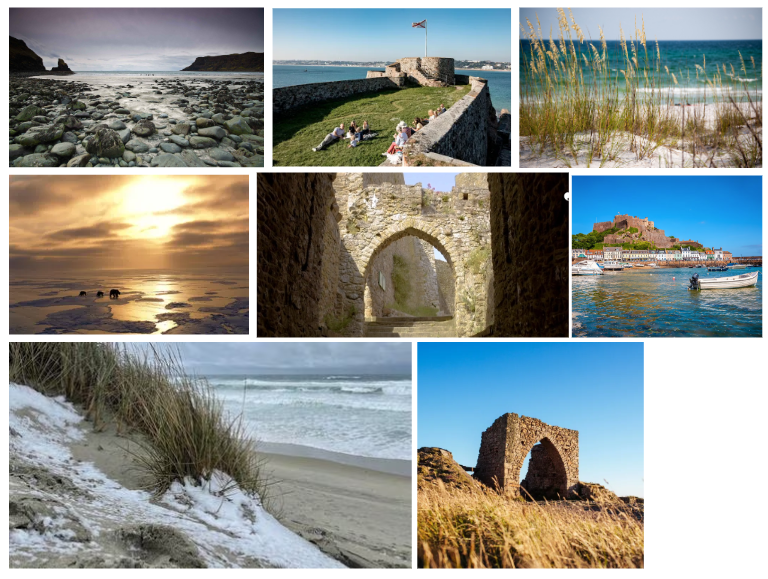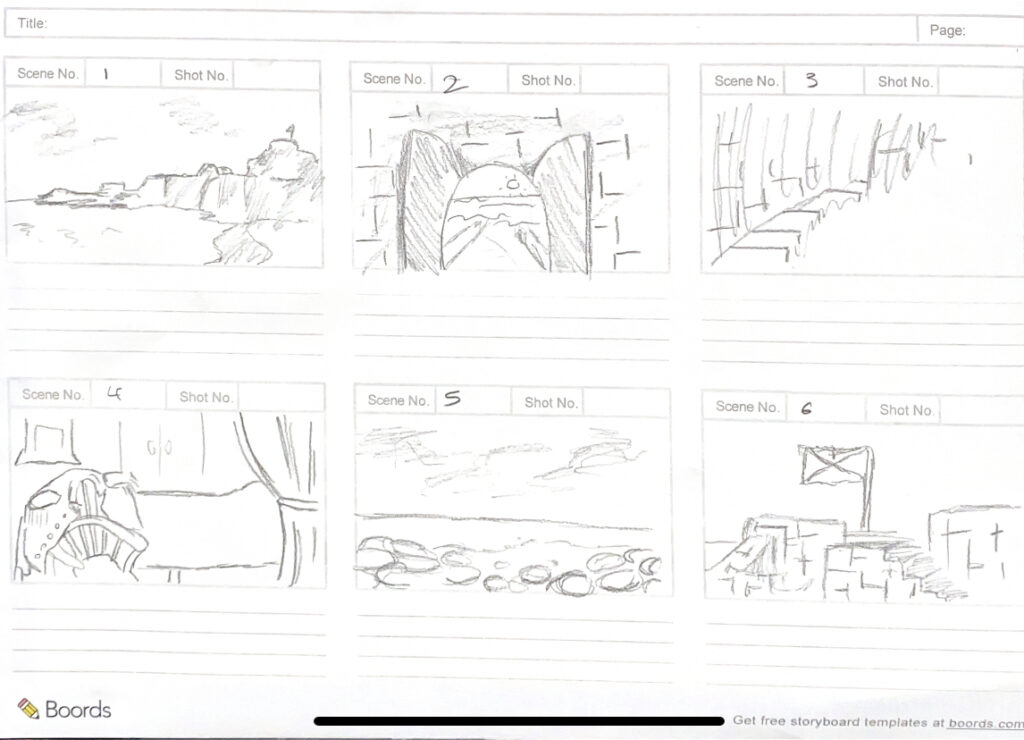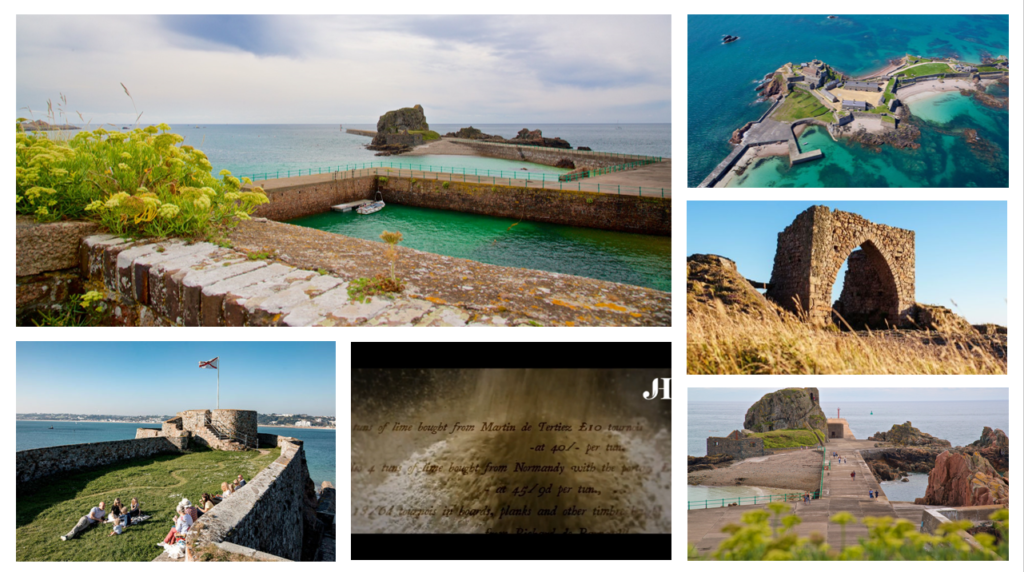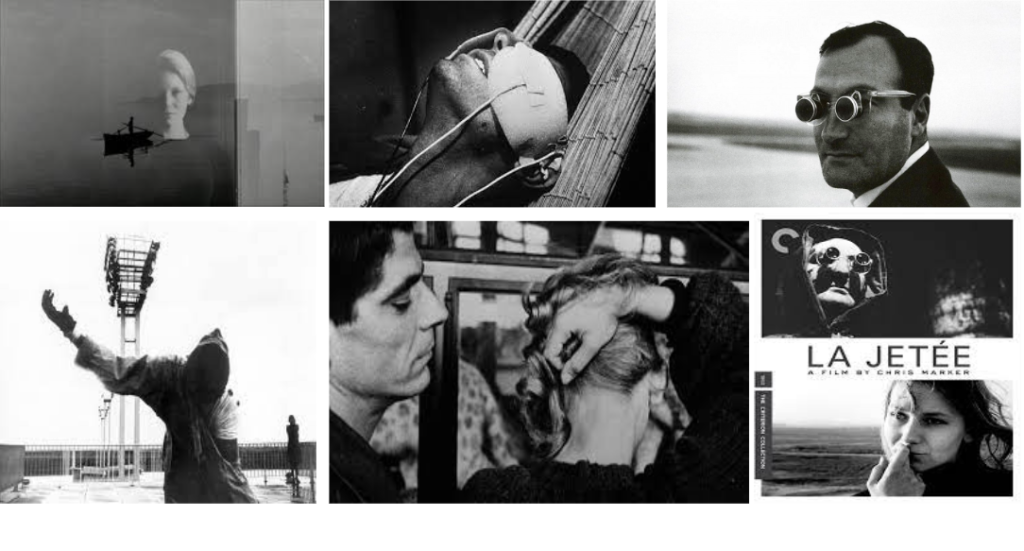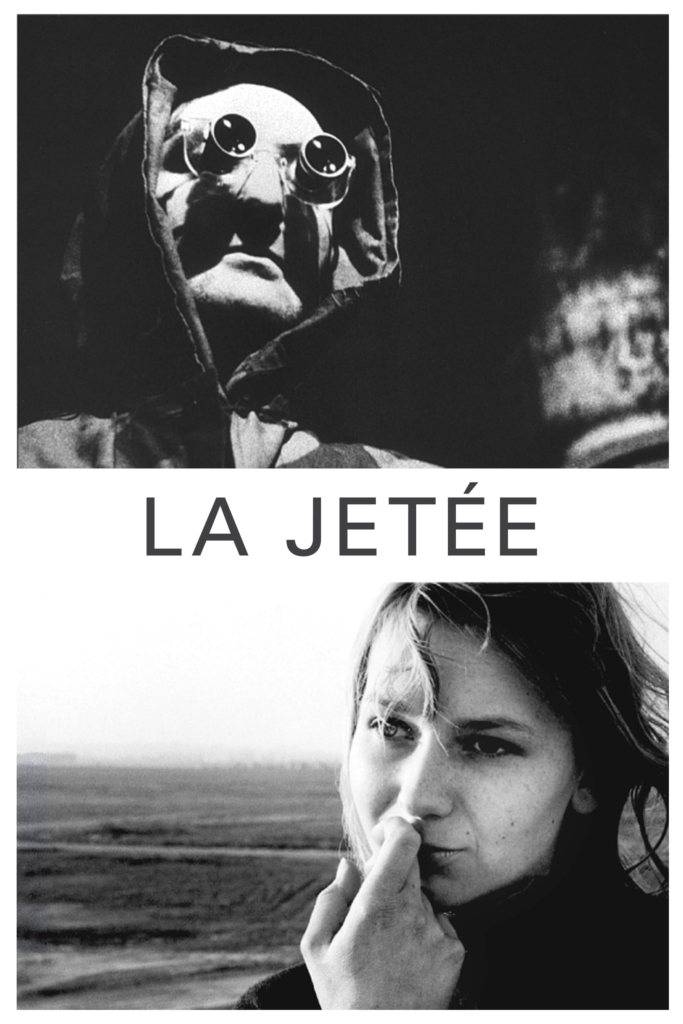About
Chris Marker was born on 29 July 1921 and passed on 29 July 2012. He was a French writer, photographer, documentary film director, multimedia artist and film essayist. His best known films are La Jetée (1962), A Grin Without a Cat (1977) and Sans Soleil (1983).
Marker became known internationally for the short film La Jetée. It tells of a post-nuclear war experiment in time travel by using a series of filmed photographs developed as a photomontage of varying pace. The film has limited narration and sound effects to ensure that the story is mainly told through the images presented on screen.
While making La Jetée, Marker was making his documentary essay-film ‘Le joli mai’. He began in the spring of 1962, and shot 55 hours of footage interviewing random people on the streets of Paris. The questions, asked ranged from their personal lives, as well as social and political issues of relevance at that time.

La Jetée
In the film, a survivor of a futuristic third World War is obsessed with distant and disconnected memories of a pier at the Orly Airport, the image of a mysterious woman, and a man’s death. Scientists experimenting in time travel choose him for their studies, and the man travels back in time to contact the mysterious woman, and discovers that the man’s death at the Orly Airport was his own. Except for one shot of the woman mentioned above sleeping and suddenly waking up, the film is composed entirely of photographs by Jean Chiabaud and stars Davos Hanich as the man, Hélène Châtelain as the woman and filmmaker William Klein as a man from the future.



